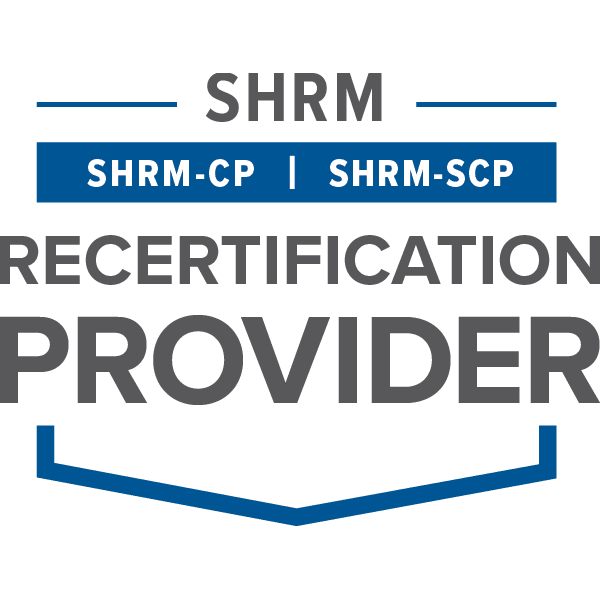
By Sandra Casey Buford, Ph.D.
When a company makes the decision to incorporate diversity and inclusion into their strategic business model, two questions they often ask are: “Who should lead diversity and inclusion (D&I) in our organization?” and “What knowledge, skills, and abilities should they look for in a candidate?” My initial response is that “everyone” in the organization owns D&I and key decision-makers are accountable. However, most importantly, D&I requires the leadership, facilitation, and guidance provided by a designated, empowered professional who is well positioned and respected in the organization. The most successful organizations have hired a Chief Diversity Officer (CDO) who is a member of the organization’s executive leadership team, and who reports to a member of the C-Suite, preferably, the CEO. To guide the selection of a CDO, I encourage the pursuit of candidates who demonstrate that they possess some or all of the following characteristics:
1. Knowledge of diversity theory, best practices, methods, laws, and regulations: Diversity and Inclusion involve much more than coordinating awareness events and requires a core set of knowledge, skills, and abilities. The field of D&I has been around long enough that there are now a number of colleges, universities, and professional and trade associations that offer formal training, degrees, and certificates in diversity and inclusion, and related studies. A prospective D&I leader must be able to demonstrate that she/he has acquired specific competencies in the field, as evidenced by the completion of education, certification, and/or equivalent experience.
2. Business acumen: The most effective and successful D&I leaders are professionals who understand that D&I is a business issue, and who know how to build strategic partnerships with senior management, key staff, and stakeholders. She/he understands the business case, and they are able to bring a “diversity lens” to the strategic planning and decision-making table, thus positioning D&I as a valuable business asset.
3. Leadership skills: A D&I leader must also be self-actualized (confident), a strategic thinker, resilient, and persuasive. In addition, the most effective diversity leaders are entrepreneurial, innovative, resourceful, and well-networked internally and externally. While everyone in the organization “owns” D&I, a D&I leader must lead by facilitating, advising, coaching, partnering, and connecting.
4. Written and verbal communication skills: The ability to communicate in a highly effective manner is essential for a D&I leader, as she/he will most likely be called upon to prepare and deliver strategic D&I plans and proposals, write policies, and design and deliver presentations and training.
5. Analytical skills: Assessment and measurement of results and outcomes are necessary to measure progress. A D&I leader must possess the ability to design and implement assessments and surveys; and to compile, display, and interpret statistical data in a meaningful way.
6. Knowledge of change management theory and methodology: Successful D&I initiatives require changed behavior—organizationally, culturally, and individually. Therefore, implementing D&I is a change management issue. This may be a relatively new approach for some; however, a D&I leader who is skilled at understanding, influencing, and facilitating change management is a plus to an organization.
If your organization is in the market for a D&I leader, how should you get started?
First, be clear on your organization’s vision and a unique business case for diversity and inclusion. Other considerations include the demographic makeup of your organization’s location, your employee population; as well as, your current and future customers and business partners. To help sort all of this out, seek advice from the many consultants and experts in the field. Finally, diversity and inclusion are a reality in organizations, but D&I work is never really “done.” D&I is an ongoing, living business strategy that should be a part of the organization’s DNA, benefiting all members and stakeholders. Nevertheless, while a D&I leader will spearhead, direct and facilitate the work; the progress, wins, and successes; and even the failures are owned by everyone in the organization.


